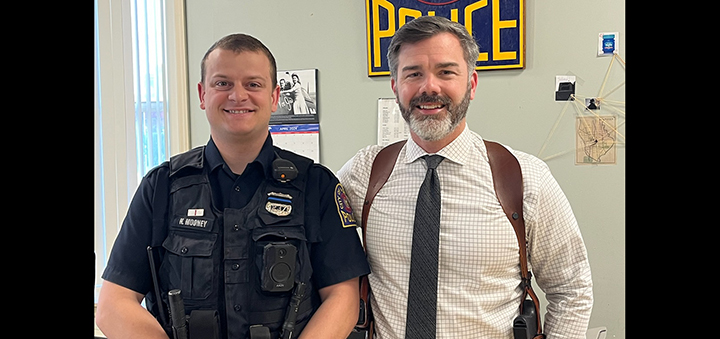March Is Red Cross Month
Published:
March 7th, 2016
By:
Sen. James Seward
March is American Red Cross Month, a time to recognize the efforts of the professionals and volunteers who constitute the caring and compassionate organization.
Inspired by the International Red Cross, Clara Barton founded the American version of the humanitarian agency in 1881. Early efforts centered on assisting the U.S. military with various relief programs along with serving as a medium of communication between members of the American armed forces and their families. Prior to World War I, the Red Cross introduced its first aid, water safety and public nursing programs. A national blood program, for use by the armed forces, was initiated during World War II. Following the war the Red Cross introduced the first nationwide civilian blood program that now supplies nearly 50 percent of the blood and blood products in this country.
The American Red Cross has maintained a significant presence in nearly every New York community for more than 100 years. Much of my senate district falls in the Eastern New York Region which serves a population of more than 2.5 million people across 24 counties and 26,000 square miles. The region operates with the support of a small group of paid staff and more than 3,300 dedicated volunteers.
Across the nation, the Red Cross and its fleet of trained volunteers respond to a disaster every nine minutes. The assistance includes disaster assessment, sheltering of those displaced, mental health counseling, and so much more.
Along with providing vital disaster response, the Red Cross is also responsible for readying communities before tragedy strikes. Chapters prepare New Yorkers for both natural and manmade disasters offering programs that teach families, school children and businesses the steps to take to prepare for disasters and how to react during and after a disaster event.
Chapters also teach how to prevent injuries and respond calmly when an emergency strikes. Each year, thousands of New Yorkers take Red Cross sponsored courses in adult, child and infant cardiopulmonary resuscitation (CPR), use of an automated external defibrillator (AED), basic first aid, babysitting, and water safety.
The Red Cross also continues its work with those serving in the military. Through the American Red Cross in New York State’s Services to the Armed Forces program, emergency messages and urgent news are delivered to service members and/or sent to their families. The program also assists service members that require immediate leave in the event of family emergencies. Last year, chapters in New York assisted nearly seven-thousand service men and women and their families through this program.
Of course, many people come into contact with the Red Cross by donating blood. Every two seconds, someone in the United States needs blood and the Red Cross supplies about 40 percent of the nation’s blood supply. Donating blood is a simple thing to do, but can make a big difference in the lives of others.
Eighty percent of the blood donations given to the Red Cross are collected at mobile blood drives set up at community organizations, companies, high schools, colleges, places of worship, or military installations. The remaining 20 percent are collected at Red Cross donation centers.
You can help ensure an adequate blood supply by signing up to donate at a nearby drive. Information on drive dates and locations can be found on-line at www.redcross.org. You can make a donation appointment on-line or by calling 1-800-Red Cross.
Red Cross helps those in need during their darkest hour, along with providing many vital community services. When families, senior citizens and entire communities have nowhere else to turn, local Red Cross volunteers are there to help. Whether responding to disasters, collecting and distributing blood, teaching lifesaving skills or supporting military members and their families, the Red Cross is a trusted partner offering compassionate and skilled assistance. I am proud to join in recognizing the Red Cross during the month of March.
Author: Sen. James Seward - More From This Author
Comments










